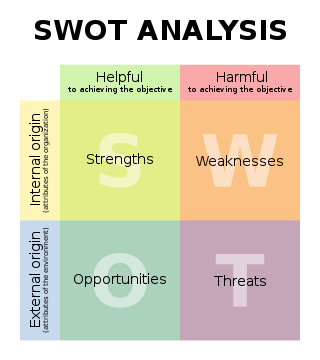Update: see here for better ways.
The beauty of LaTeX is that you get the best possible typography while focusing on the content, without having to spend any cycles on the looks. For example, when you prepare a presentation, you just pick a theme and do your slides. If you do not like how they look, you change the theme. Consequently, the Beamer class manual just teaches you how to create the flow (overlays, etc.) of a presentation.
In the second part the Beamer manual gives in detail all the information on how to create a new template, but this is too much when you just need a small feature like colored blocks. This is something that usually does not occur in technical presentations, where there already is a specialized block machinery for theorems, examples, etc.
When you do presentations more related to technical marketing, you may want to use colored blocks, for example to clearly discriminate between pros and cons by using green respectively red boxes. Since it is not in the manual, here is how you do colored boxes. Essentially, you declare new block environments in the document preamble:
\newenvironment<>{problock}[1]{
\begin{actionenv}#2
\def\insertblocktitle{#1}
\par
\mode<presentation>{
\setbeamercolor{block title}{fg=white,bg=green!50!black}
\setbeamercolor{block body}{fg=black,bg=green!10}
\setbeamercolor{itemize item}{fg=red!20!black}
\setbeamertemplate{itemize item}[triangle]
}
\usebeamertemplate{block begin}}
{\par\usebeamertemplate{block end}\end{actionenv}}
\newenvironment<>{conblock}[1]{
\begin{actionenv}#2
\def\insertblocktitle{#1}
\par
\mode<presentation>{
\setbeamercolor{block title}{fg=white,bg=red!50!black}
\setbeamercolor{block body}{fg=black,bg=red!10}
\setbeamercolor{itemize item}{fg=green!20!black}
\setbeamertemplate{itemize item}[triangle]
}
\usebeamertemplate{block begin}}
{\par\usebeamertemplate{block end}\end{actionenv}}
The notation for banged color shades is as follows: 10% red is specified as red!10, while green!20!black means 20% green with 80% black.
In the document part, a SWOT matrix slide would then be specified as follows:
\begin{frame}{SWOT Matrix}
\begin{columns}[t]
\begin{column}{.5\textwidth}
\begin{problock}{\textsc{strengths}}
\begin{itemize}
\item Business
\begin{itemize}
\item revenue: \$10 B
\item market share: 70\%
\end{itemize}
\item Product
\begin{itemize}
\item 32-bit color
\item written in OpenCL
\end{itemize}
\end{itemize}
\end{conblock}
\end{column}
\begin{column}{.5\textwidth}
\begin{conblock}{\textsc{weaknesses}}
\begin{itemize}
\item Business
\begin{itemize}
\item very expensive
\item gold plating issues
\end{itemize}
\item Product
\begin{itemize}
\item requires at least 128 cores
\item no gamut mapping
\end{itemize}
\end{itemize}
\end{problock}
\end{column}
\end{columns}
\begin{columns}[t]
\begin{column}{.5\textwidth}
\begin{problock}{\textsc{opportunities}}
\begin{itemize}
\item Business
\begin{itemize}
\item everybody wants color
\item clouds love rainbows
\end{itemize}
\item Product
\begin{itemize}
\item cameras deliver 14 bits per pixel
\item big data is pervasive
\end{itemize}
\end{itemize}
\end{conblock}
\end{column}
\begin{column}{.5\textwidth}
\begin{conblock}{\textsc{threats}}
\begin{itemize}
\item Business
\begin{itemize}
\item pursue low hanging fruit
\item people do not care about color quality
\end{itemize}
\item Product
\begin{itemize}
\item competitors use CIELAB
\item spectral is a new trend
\end{itemize}
\end{itemize}
\end{problock}
\end{column}
\end{columns}
\end{frame}





